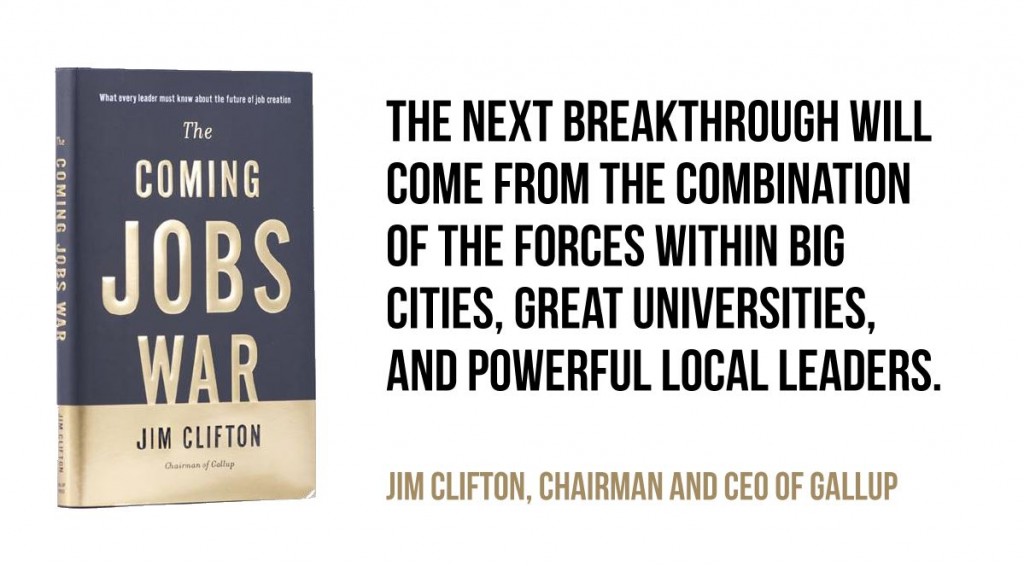
By Courtland Miller
As a business born and raised in North Dakota, we’re proud of recent headlines showing an all-time population high in our state. The story behind those headlines looks even better, since it shows that our population growth is increasingly young, and therefore, more sustainable in the long-term.
After a big round of applause for the Peace Garden State, let us get back to the grindstone to ensure that our success is not temporary, but rather that it has only just begun. While we are facing a downturn in our much-heralded oil boom, capitalizing on this momentum does not need to depend on the price of oil, the inflection point in our state;s population happened in 2004. Our ability to keep this trend on the positive track depends on how well we can come to understand what caused it in the first place.
North Dakota’s draw is undoubtedly caused by a complex conglomeration of issues. A December 22, 2015 article published in The Forum of Fargo-Moorhead draws three anecdotes, and the common theme in all three is a job opportunity. According to the Census Bureau, Americans move for three primary reasons: housing, family and work. In developing plans to affect these items, we need to recognize that North Dakota has some of the most affordable housing in the nation, and that family matters are a private issue, leaving us with the task of tackling the creation of job opportunities.
Gallup chairman Jim Clifton asserts in his book, The Coming Jobs War, that jobs are the most important driver of an economy. He notes that said job growth occurs at a local level, rather than because of actions taken by state or federal bodies. Mr. Clifton discusses the importance of government, focusing on local government creating jobs by aligning efforts citywide and making every decision through the lens of job creation as the end goal. Given our state’s success story, Mr. Clifton has a point, jobs are making a difference. Given the data behind that success, we should consider doubling-down on waging the war for jobs where it is most successful, cities.
Over the past century, our state’s population has fluctuated, and yes, in the past few years we have collectively reached a new high. However, when looking at the state’s 10 most populous cities, we see a steady upward trend over that century. In fact, in 1970 when our state’s population hit its lowest Census mark since 1910, nine of those ten cities saw an increase in population over the 1960 Census.
With this hypothesis in mind, that cities are the true economic engines driving any state forward, the question of how we in North Dakota capitalize on our momentum returns to the forefront. Kilbourne Group believes a vibrant downtown is they key to smart, healthy cities that attract and retain talent, maintain long-term fiscal sustainability, and allow for diversity and a high quality of living. Downtowns and other mixed-use city centers have the traditional density that attracts the next generation of workforce and creates a fiscal situation in which revenues outpace expenses. Downtowns allow for housing diversity, varied transportation options, and cultural experiences that differentiate cities competing for jobs.
While we have focused on the state’s 10 largest cities for this post, more than 50 cities from Anamoose to Wishek in North Dakota have Renaissance Zones, and just about every town in the state has a main drag full of mixed-uses and memories. Everyone, urban or rural, can be an advocate for our state’s downtowns, because when our Main Streets win, our cities win, and when our cities win, North Dakota wins.
Courtland Miller is a market research analyst with Kilbourne Group.